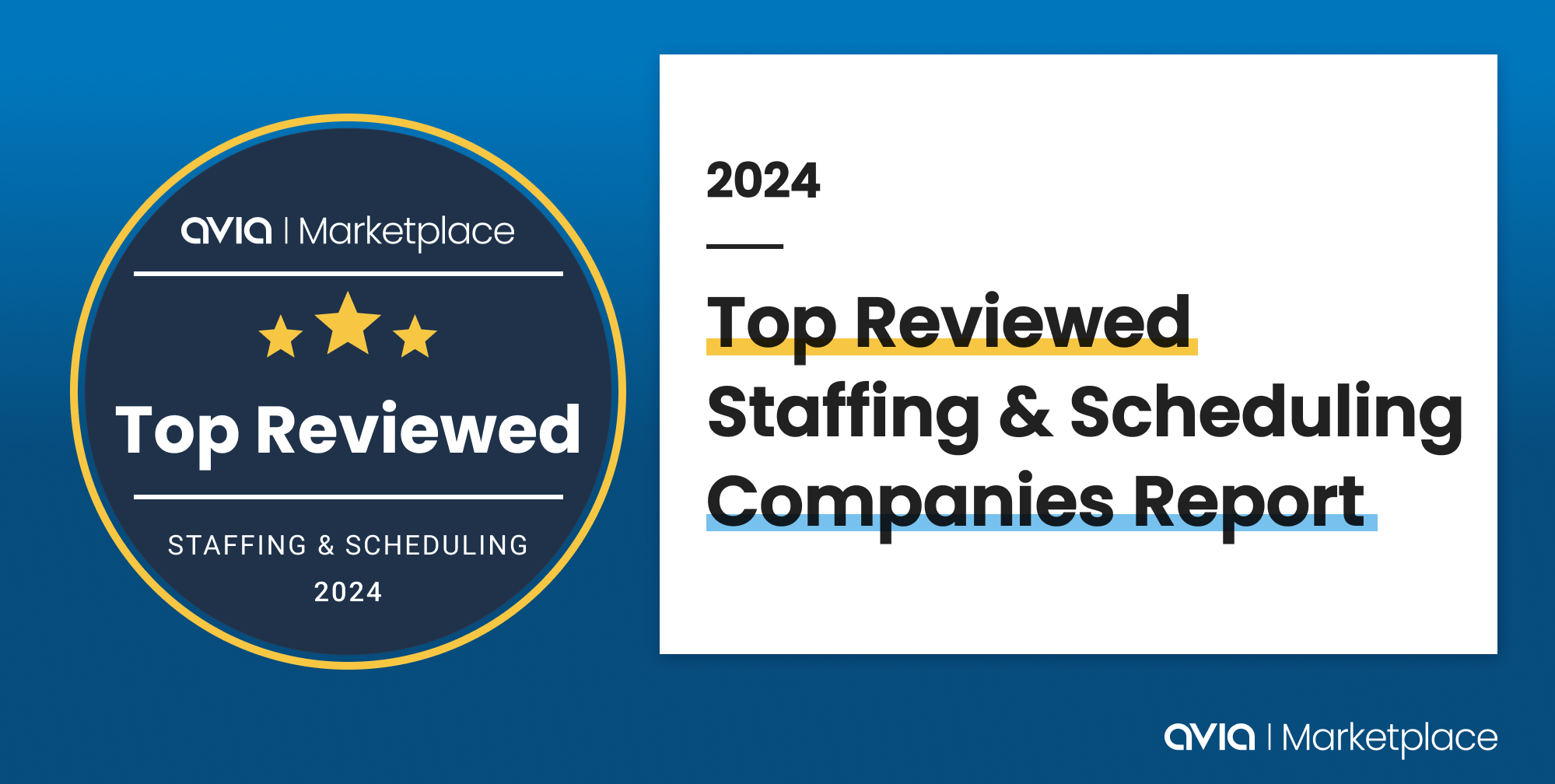Balancing Incentives and Flexibility without Cannibalizing Your Core Staff
Flexibility has taken on new importance and, quite frankly, a new definition in today’s healthcare environment.
In a previous blog, we discussed the importance of incorporating flexibility into workforce planning and staffing models. (We also have a great article published in Becker’s Hospital Review here.) From improving staffing and scheduling policies and procedures to redesigning care models as a way to optimize the utilization of core staff, hospital leaders can foster flexibility in a multitude of meaningful ways.
Workforce solutions that offer flexibility to nurses, however, must achieve the ultimate goal of meeting the ever-changing demands of patient care while attracting and retaining core staff. One of the biggest challenges in designing flexible staffing structures is to ensure that the incentives associated with pools and shared resources do not disenfranchise department-based core staff. The key is to create equity between the value of the incentive and the cost of the job requirements to induce just the right amount of interest and appeal. The reward must be proportionate to any perceived disadvantages of the flexible offering.
Optimizing schedule flexibility, for example, may require becoming a member of the float pool. While float pool members will have better control over when they work, they may have limited control over where they are assigned or if they are canceled. They also will not enjoy the benefits of being part of a consistent clinical team or work unit. Many staff will choose to work in a float pool because control of their schedule is more important to them than a predictable work unit and consistent co-workers. It is also common to have different work requirements or privileges than unit-based staff in regard to vacations, holidays, etc. The job features that are viewed as “good” or “bad” are always a matter of perception and individual priorities.
As another example, a regional staffing pool may offer a compensation model that is different from how the core staff of individual units are paid. It’s very important that the additional compensation for joining the regional staffing pool sufficiently rewards nurses for giving up the stability of an assigned unit or hospital. But, it’s just as important – if not more so – that the pay is not so enticing that it supersedes the advantages of remaining a core nurse. This misalignment is often referred to as ‘cannibalizing your own staff’.
A disproportionate number of core staff can be driven to higher incentive roles if the incentive is not balanced with the job features or requirements. Poaching staff to fill the float pool will lead to unsustainable vacancies in core departments. An imbalance is then created, leaving core needs unstaffed. It is also important to ensure that float resources are, in fact, floating. It can be demoralizing to core staff if vacancies are so significant that float staff can be routinely assigned to their previous unit. This disrupts the justification for the incentive.
Designing incentives requires a thoughtful approach. Consideration must be given to the potential impact on the workplace culture, employee well-being, and maintaining a healthy work environment. Many nurse leaders start with smaller incentives to assess the impact and make adjustments based on the response and level of interest. Incentives can be gradually adjusted to ensure they strike the right balance and remain effective and competitive in the local market.
Developing flexible staffing models is necessary for sustaining a healthy workforce and for providing consistent quality care. Nonetheless, strong consideration must be given to the incentives associated with these models. Be sure to regularly monitor and request feedback to mitigate any unintended consequences and ensure they are continuing to drive the expected outcome. Effective incentive programs must evolve and rightsize in alignment with the health system and external workforce trends.
Prolucent helps health systems to intelligently adapt to the demands of a changing workforce while maintaining control of labor costs. Let us help you build a roadmap to get your organization to where it needs to be faster. Let’s Talk.



